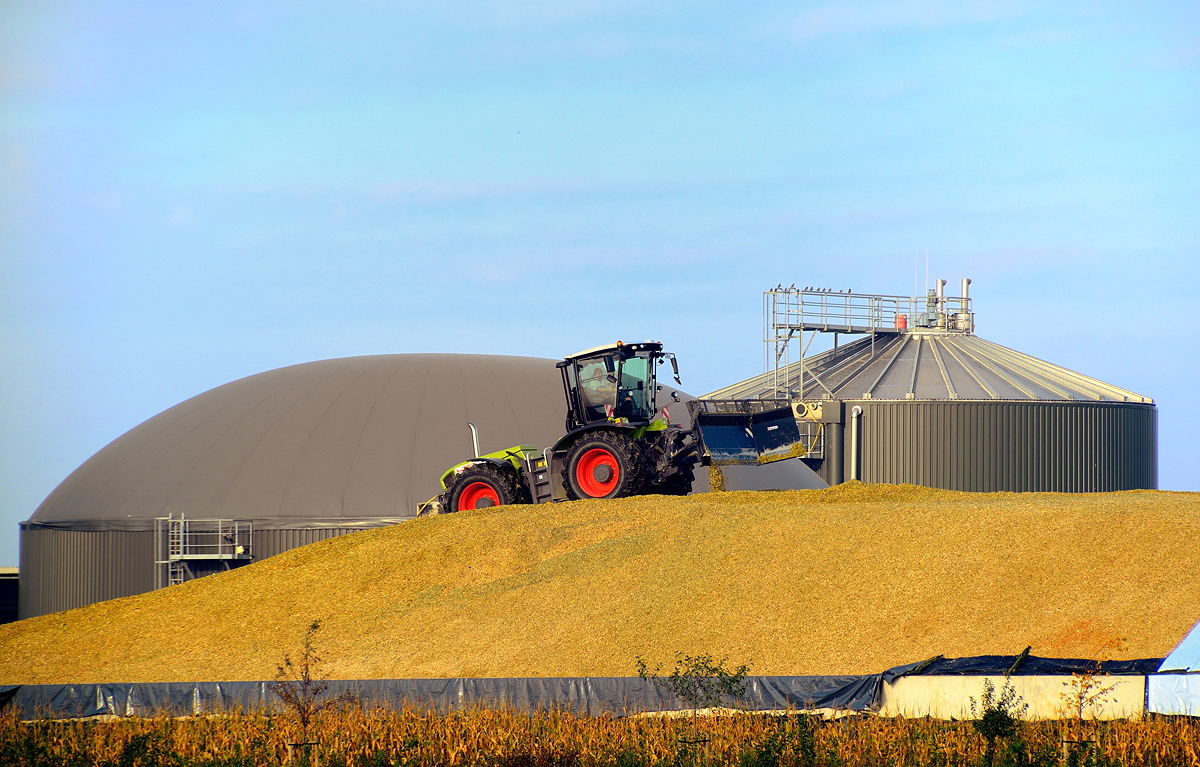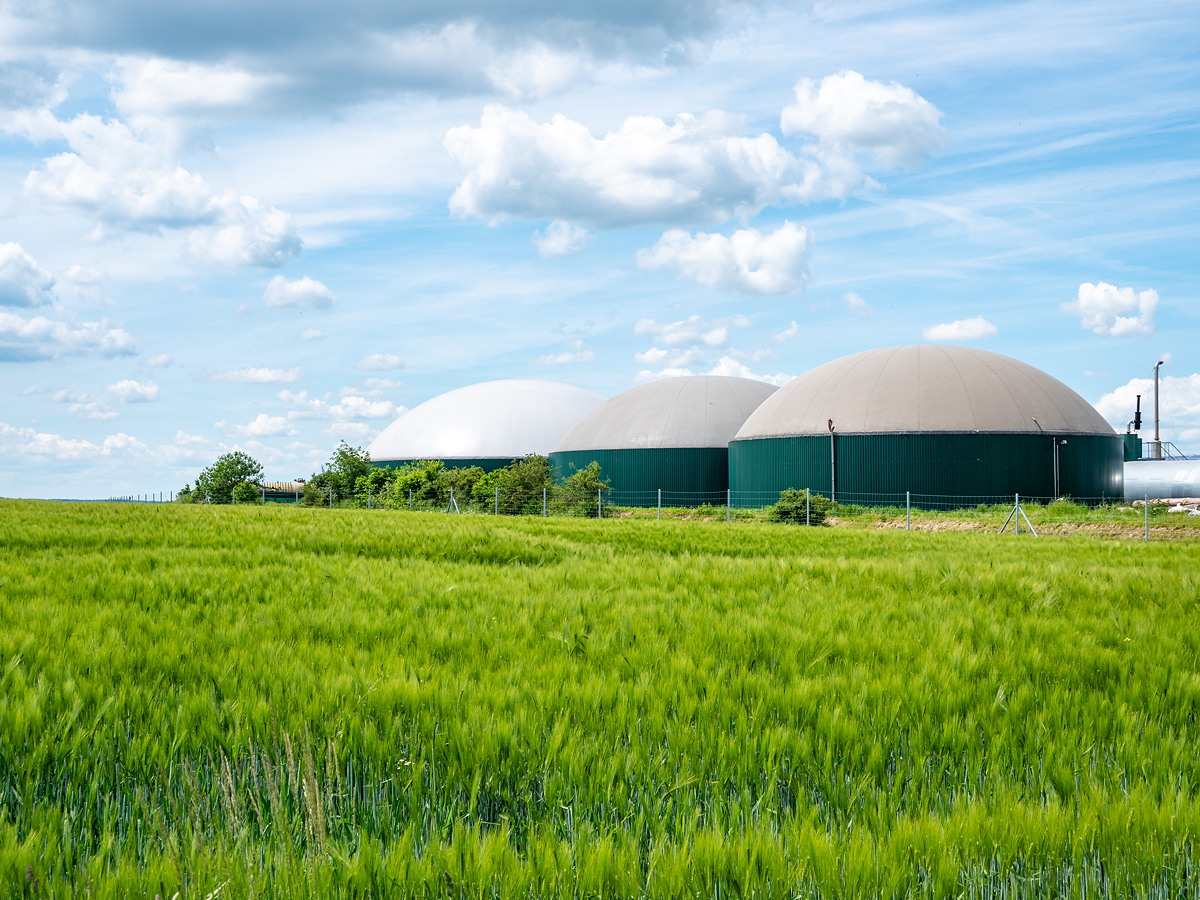Bio Energy
The alternative methods and outcomes when processing biomass (IPCC). The sustainability and reliability of biomass production, the global increase of waste and the emergency of sophisticated waste treatment solutions, the transport carbon tax regulations conclude in the global increasing demand of bioenergy. Bioenergy is the only renewable energy that can combine three highly energy consuming sectors: Electricity, Heat and Transport. Bioenergy refers to the energy produced through the processing of biologically produced feedstock. Bioenergy is compiled within renewable energy resources since domestic/commercial industrial/ municipality/ agricultural/ industrial wastes are increasing dramatically over the years. Biogas (gas) or biofuel (liquid) are the primary products of biomass processing. Biogas is a combustible fuel with high energy capacity producing electricity and/or thermal energy production or can be implemented as transportation fuel. Biofuel is the product obtained through several chemical processes of biomass which can gain the same characteristics as transportation fossil fuels with zero GHG emissions. The process selectivity and application is depended on the feedstock availability and chemical composition.

Biogas /anaerobic digestion
Landfill site in El Salvador Brazil. Landfill Site: The method used is the biological degradation of waste (oxygen absence) which takes place at landfill sites, producing methane (60%) which can be combusted for cogenerating electrical/thermal production. During the degradation process temperature can reach the point of 100°C which can be exploited for thermal demands of the landfill site. Landfill site time-life is about 20-30 years (depending on the site size) about 70 m deep (at the end life-time of the site), while the land can be reused for other applications (non-domestic). Payback period can start 3-12 months after the commissioning of the site, where significant amounts of bio-gas are being produced. The development of landfill sites is in line with partnerships between communities, landfill owners, utilities, energy companies, project developers, NPO (Non Profitable Organisations) and can benefit all the parties involved.
Inline degradation
Depending on the site size the feed composition, anaerobic digestion can take place in line with the waste production. Preferably highly moisture (wet) biomass, such as animal residues is stored in-line with the forage facilities and led to degrade anaerobically producing methane. The thermal output of this process is about 100°C and can be utilised to satisfy the thermal requirements of the facility while biogas is stored for further energy production and the residues remaining can be used as a fertiliser material (compost).
Solid biomass treatment
Solid biomass from conventional forestry, short rotational forestry, sawmill conversion products, agricultural crops and residues, tropical crop wastes are first small sized shaped and dehydrated improving their energy content, and then led to a burner where biogas/thermal energy are cogenerated (CHP) and with the implementation of steam generator the thermal output can be utilised to satisfy the thermal requirements of the facility. Burner ash as bi-product can be used for soil-improvement purposes.

Bioenergy plantation
The necessity of transport carbon dioxide reduction initiatives result to a high interest in biofuels production. Feedstock such as oil palm, coconut , olive, soy bean, rapeseed, Jatropha, sunflower can be processed through several chemical processes (monomerisation, gasification, esterification) to gain fossil fuel characteristics oil which is bio-ethanol or bio-diesel.
